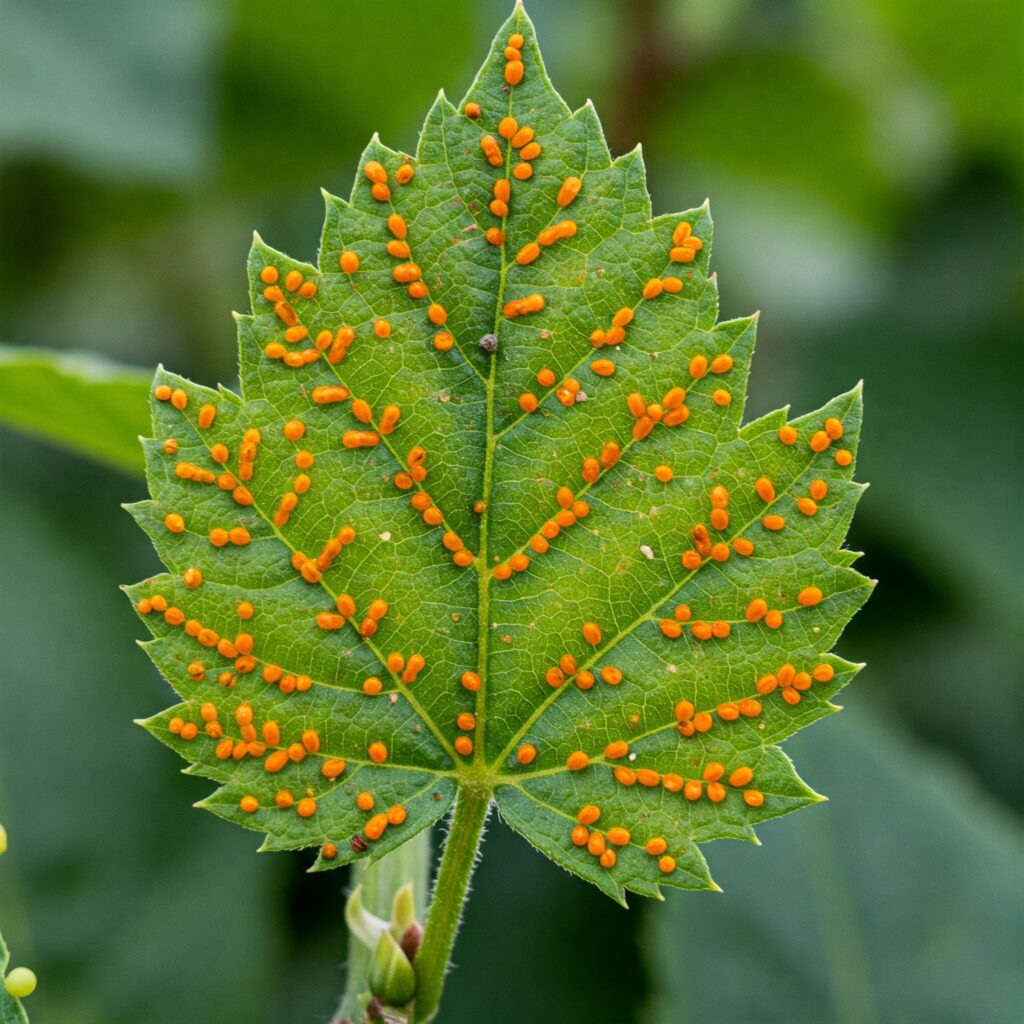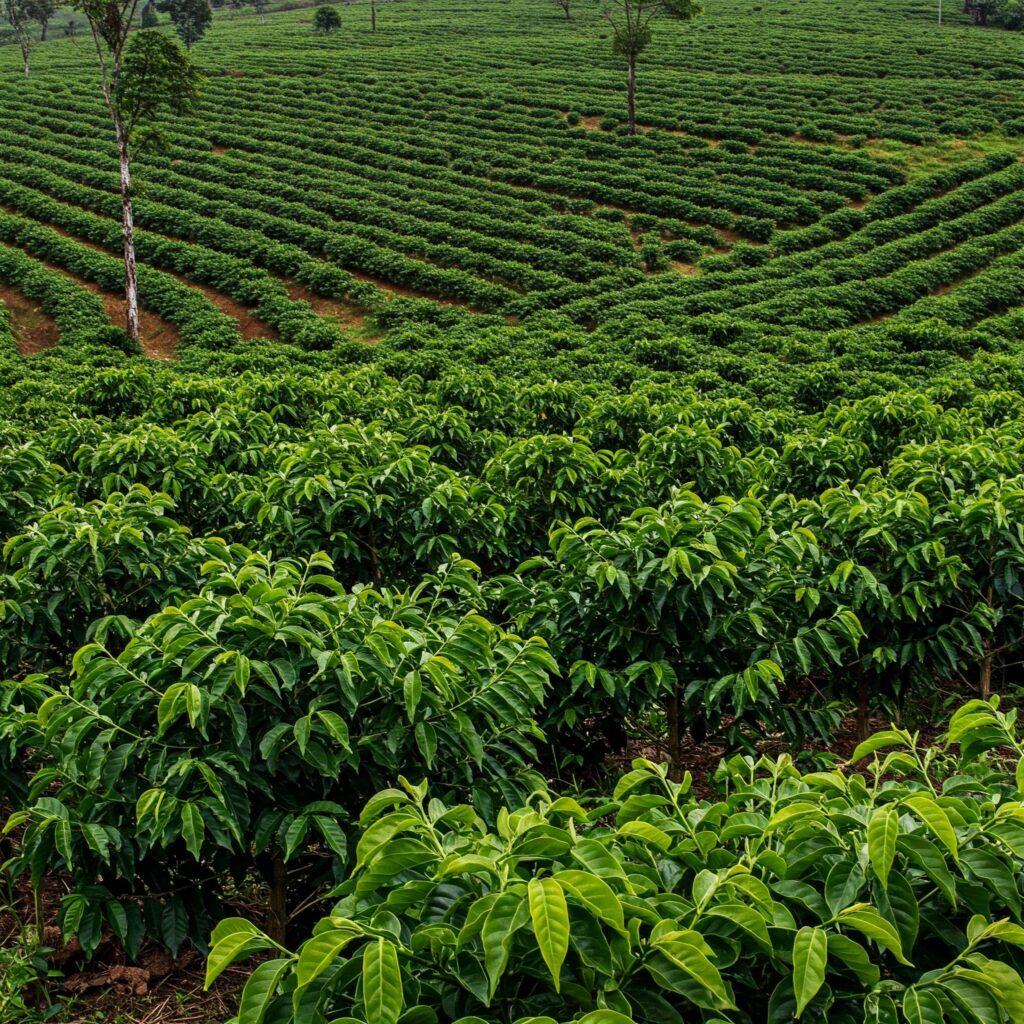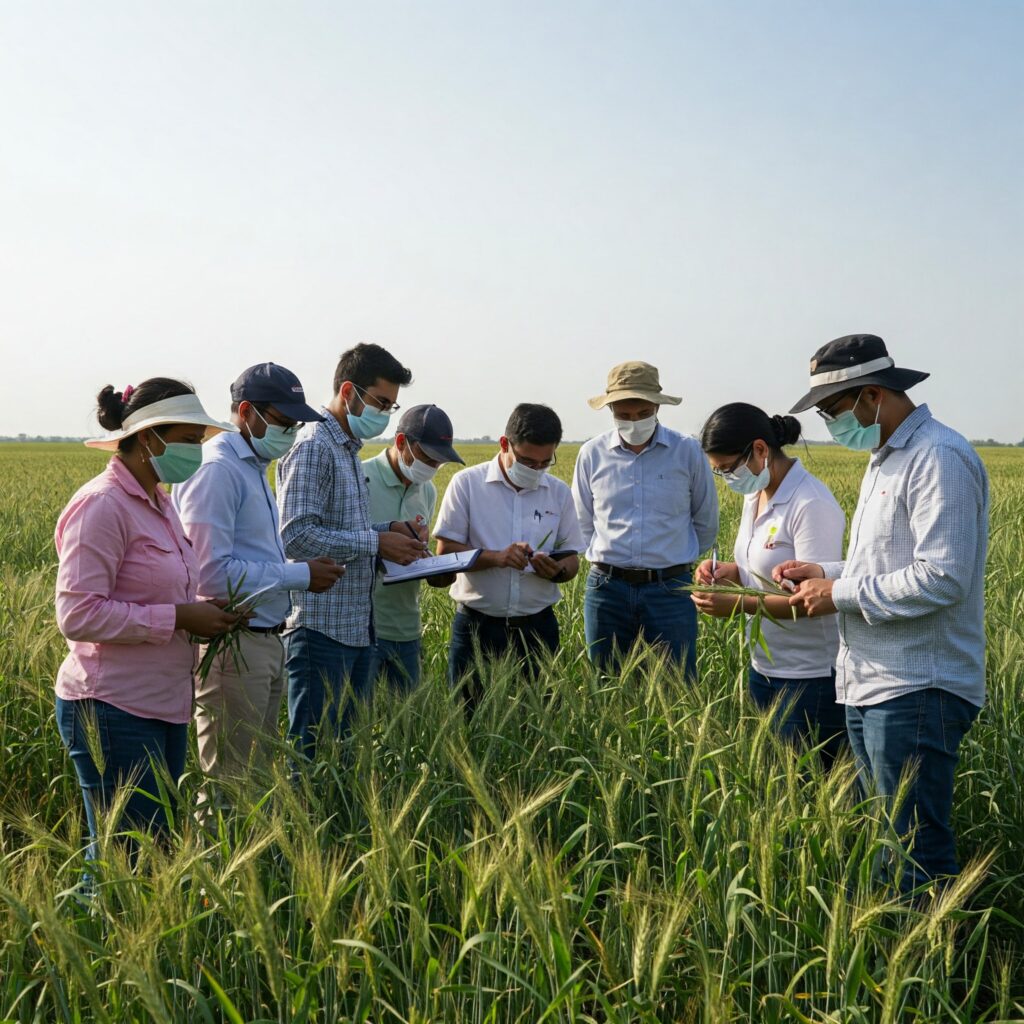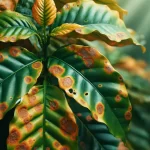Understanding Rust, the Persistent Challenge in Agriculture
Rust stands out as a fungal disease with a wide incidence, affecting a vast range of crops and representing a constant concern for the agricultural community. Characterized by the appearance of reddish or yellowish pustules on the leaf surface, this pathology has the potential to significantly reduce both the yield and quality of harvests, directly impacting the productivity and profitability of agricultural operations.
What is Rust and How is it Identified?
Rust is triggered by various types of pathogenic fungi, which induce the formation of lesions with a rust-like appearance on the leaves and stems of plants. These manifestations, known as pustules, act as centers for the production and release of spores, which possess a remarkable capacity for dispersal, especially in environments with high relative humidity. Early identification of symptoms is crucial for implementing timely and efficient control measures, thereby limiting the spread of the disease and its harmful effects on the crop.

Crops Commonly Affected by Rust
Rust does not discriminate between types of crops, but some show greater susceptibility to this fungal disease. Among the most commonly affected are:
- Coffee: Coffee rust stands out as one of the most aggressive and economically damaging diseases for this important crop worldwide.
- Wheat and other cereals: Wheat rust, as well as other forms of rust that affect cereals such as barley and rye, can cause substantial losses in grain production, compromising food security and farmers’ income.
- Vegetables and fruit trees: A diversity of rust varieties can attack vegetables such as tomatoes, onions, and garlic, as well as fruit trees such as apple and pear trees, limiting their productive capacity and affecting the quality of their fruits.

Impact of Rust on Agriculture
The impact of rust on agriculture transcends the simple appearance of spots on leaves. This fungal disease reduces the photosynthetic capacity of plants, which translates into lower energy production and, therefore, a general weakening of their growth and development. This reduction in physiological efficiency inevitably leads to a notable decrease in both the quantity and quality of harvested fruits or grains, directly affecting the profitability of crops and food security.
Control and Prevention Methods
Effective management of rust requires the adoption of an integrated approach that combines various strategies to minimize its impact and prevent its occurrence. The main tactics include:
- Selection of resistant varieties: Choosing seeds and plants that possess genetic resistance to the rust strains prevalent in the region is one of the most effective long-term measures.
- Appropriate cultural practices: Implementing adequate crop rotation helps to break the life cycle of the fungus. Eliminating crop residues reduces sources of inoculum, and maintaining soil health through balanced nutrition and good drainage strengthens the natural resistance of plants.
- Chemical and biological control: The application of specific fungicides may be necessary in cases of high disease incidence. Biological control, through the use of antagonistic microorganisms, represents a more sustainable alternative for rust management.

Success Stories and Field Studies
Throughout the globe, numerous cases have been documented where the judicious implementation of integrated management practices has proven successful in controlling rust. Field studies have shown how the combination of resistant varieties, optimized cultural practices, and the strategic use of fungicides has managed to safeguard the yields and quality of various crops, from coffee in Latin America to cereals in Europe and North America. These examples serve as models and a source of knowledge for farmers facing this phytosanitary challenge.
Conclusion: Proactive Strategies for a Sustainable Future in Agriculture
The fight against rust is an essential component in ensuring the sustainability and productivity of agriculture in the long term. By adopting a proactive approach that integrates the selection of resistant varieties, the implementation of appropriate cultural practices, and constant monitoring for early detection, farmers can effectively protect their crops and secure their livelihoods, contributing to a more resilient and sustainable agricultural production.
Keywords: Rust, fungal diseases, rust control, rust prevention, integrated pest and disease management, resistant varieties, crop rotation, fungicides, biological control, impact of rust, sustainable agriculture.
 AgronoBlog – Agriculture Blog
AgronoBlog – Agriculture Blog 
